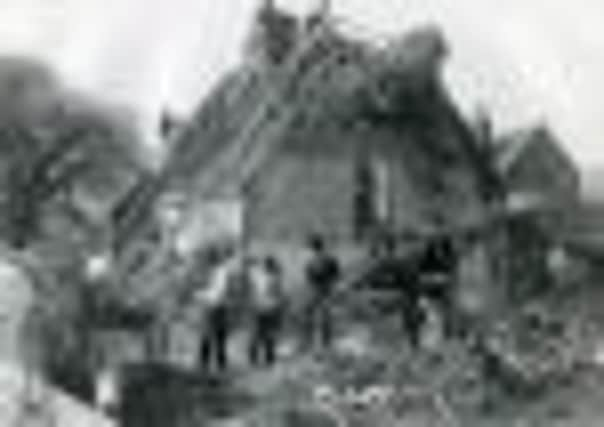A visionary idea tocreate museum


Inspired by the burning timbers of Crawley’s medieval buildings in the 1960s, the visionary Storrington historian Roy Armstrong set out to save threatened vernacular buildings of the region for re-erection in a beautiful parkland setting in the South Downs north of Chichester.
After years of struggle to establish itself in the 1960s, the museum grew rapidly throughout the 1970s, 1980s and 1990s to become the major cultural attraction it is today, its outstanding collections designated by the government as being of national and international importance.
Advertisement
Hide AdAdvertisement
Hide AdThe story is told in Building History: Weald And Downland Open Air Museum 1970-2010, a new account of four decades in which a dream became England’s leading museum of historic buildings and rural life.
Part of a growing movement of independent museums in the 1970s, the project was led by director Chris Zeuner for nearly 30 years until his death in 2001.
In the decade from the arrival of the first dismantled building - Winkhurst in 1968 - the pace of building rescue was frantic, with 34 dismantled and 20 re-erected.
In 1975, just five years after its opening on September 4, 1970, the museum won the National Heritage Museum of the Year Award.
Advertisement
Hide AdAdvertisement
Hide AdDevelopment continued apace throughout the next decades, with the establishment of an important collection of rural life and building-related artefacts and the instigation of educational programmes for people of all ages, especially the museum’s pioneering lifelong learning service for adults which includes the delivery of masters degree programmes in building conservation.
Always key has been not just to conserve but to bring to life, including the interpretation of domestic life in the museum’s iconic Wealden hall house, Bayleaf and the Tudor kitchen, Winkhurst, the daily production of stoneground wholemeal flour in its watermill from Lurgashall and farming activities on its 40-acre site including the use of working horses.
Building History is edited by Diana Zeuner who has also written most of the content following 39 years’ close involvement with the museum as wife of Chris Zeuner.
Diana is joined by three other main authors: Kim Leslie, a founding trustee and friend of Roy Armstrong who was deeply involved with the museum’s early days; Richard Harris, the current museum director and former research director, responsible for research and interpretation of many of the exhibit buildings over three decades, and Carol Brinson, who has also been involved with the museum as both a volunteer and staff member since its earliest days.
Advertisement
Hide AdAdvertisement
Hide AdDiana said: “The story of the Weald and Downland Open Air Museum is compelling, with enterprise and determination, uncompromising standards and engagement with its visitors running as threads from the first day of opening.
“It is, as The Good Museums Guide of 1982 said: ‘a place where you can learn and breathe at the same time.’”
n Building History is for sale through the Weald and Downland Open Air Museum shop, price £14.95 (plus £2.50 postage for mail order purchases), and from selected bookshops in the south-east. Contact 01243 811020 for further information.